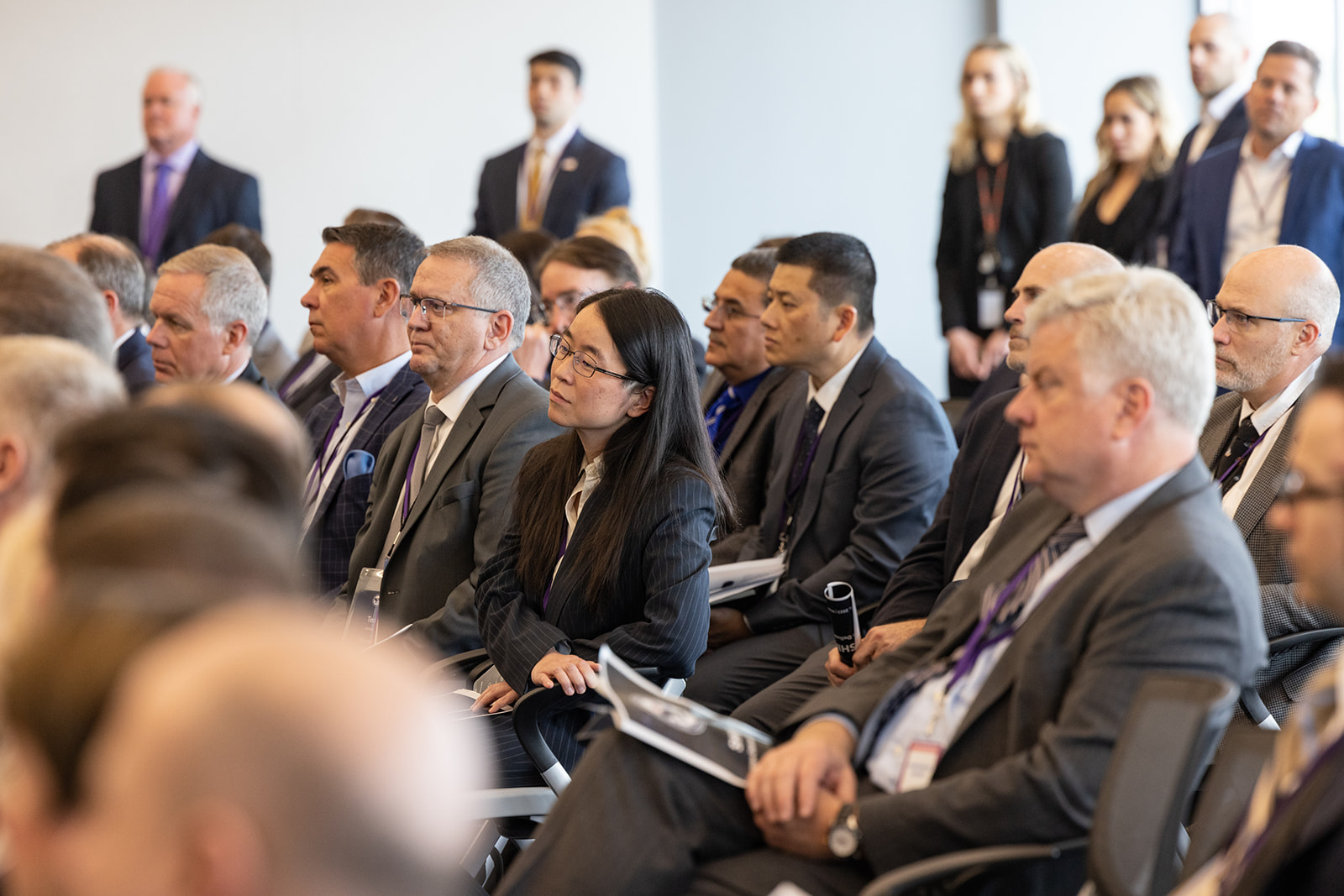Propelling Hypersonic Innovation Forward
The Multi-Service Advanced Capability Hypersonics Test Bed (MACH-TB) involved the government seeking proof of concept and prototype demonstration of modular Experimental Glide Body (EGB) testing hypersonic technologies/experimental payloads in operational trajectories using already available boosters.

The Challenge
The United States has an urgent need to rapidly prototype and test hypersonic technology in order to compete with adversaries. Hypersonic capabilities are crucial for maintaining technical dominance in defense, especially as the hypersonic race intensifies.

The Solution
The program aims to design and test an experimental glide body to bolster various Department of Defense (DoD) initiatives related to hypersonic technology.
The solution and end state goal are to prototype a modular EGB that can accelerate technology and subsystem development and testing, design a modular software/hardware/interface test bed architecture, and leverage existing booster systems to enable the EGB to replicate operational or modified hypersonic trajectories.


Michael Maxwell from SpinLaunch speaks on his experience as a small start-up company new to the OTA space.
SpinLaunch successfully networked and partnered with Dynetics, becoming a performer on the MACH-TB project through the S²MARTS OTA.
In March 2025, Stratolaunch announced the successful completion of its second hypersonic flight and recovery of the Talon-A2 vehicle. This follows their initial successful hypersonic flight in December 2024, confirming the vehicle’s reusability.
During this second flight, the Talon-A2 exceeded Mach 5 for the second time, surpassing the speed of the December flight.
Hypersonics Stories

May 3, 2024
With the potential to transform military defense, commercial aviation, and beyond, the pursuit of hypersonic capabilities has intensified in recent years. Central to this pursuit are the specialized laboratories known as hypersonic test facilities, ►

April 26, 2024
On 23-24 April, the S2MARTS team hosted an in-person Industry Day event for Multi-Service Advanced Capability Hypersonic Test Bed (MACH-TB) 2.0. MACH-TB is a program created by the Department of Defense (DoD) to ►

June 20, 2023
On June 17, 2023, the MACH-TB program successfully launched its first suborbital testbed vehicle in a critical step forward toward advancing U.S. hypersonic technology.

March 7, 2023
The United States is in a hypersonic race against two of the world’s most advanced militaries, Russia and China. With the potential that Hypersonic technology holds, we must consider the impact of it in the hands of other nations.

Our proven fail-fast model brings critical prototypes to market at the speed of mission.
Traditionally, new technologies must wait for full scale hypersonic weapon system demonstration flight tests to demonstrate an operational Technology Readiness Level (TRL). However, the very few currently planned weapon system flight tests are very expensive, complex, and require long term planning, all of which drive a very low risk tolerance for “new” technologies. This traditional approach is inhibiting the rapid testing and transitioning of hypersonic technology improvements needed to remain responsive to the threat.
The result is a growing backlog of capability improvements with very limited options to demonstrate technology or integration readiness. Exacerbating this problem is the fact ground testing capabilities can only provide limited ability to simulate flight transient environments on subscale components. The gap between Ground Test and Evaluation (T&E) and Weapon System Flight Tests and the growing backlog of capabilities form a hypersonic “valley of death” for new technologies. A new approach is needed.


